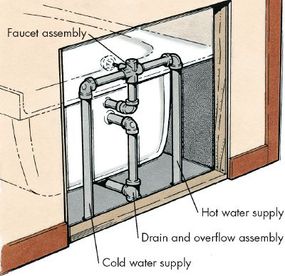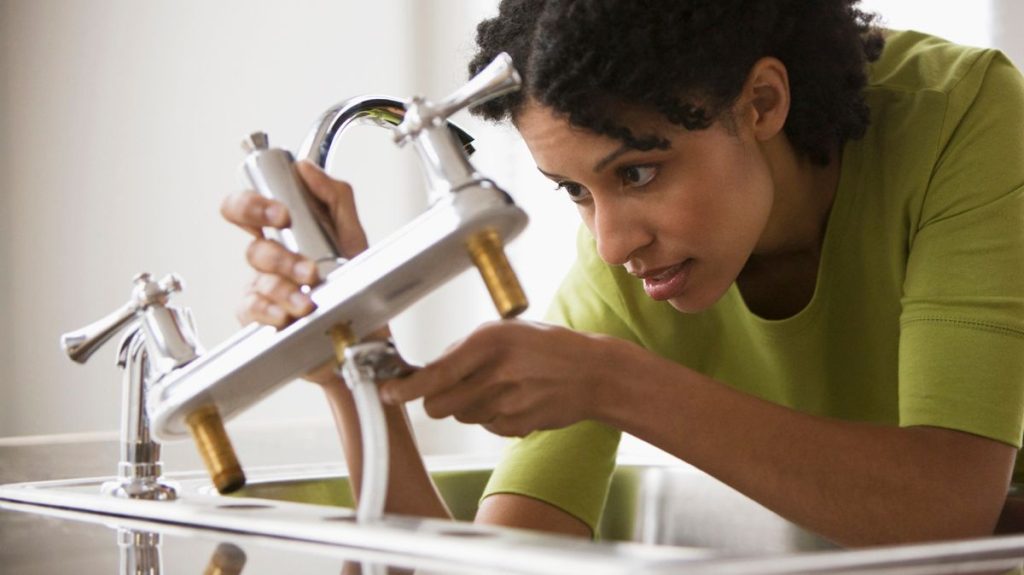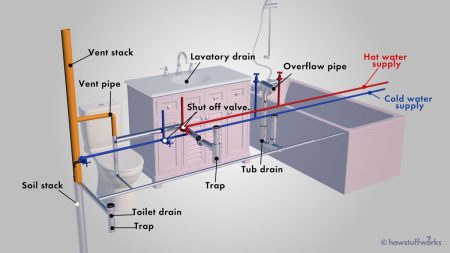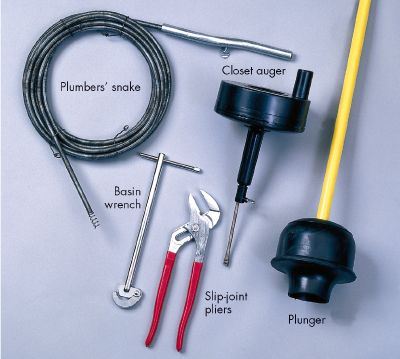Replacing a kitchen faucet requires some work and patience. Fortunately, new faucet units are made for do-it-yourself installation with easy-to-follow instructions included.
A new faucet can work wonders for the appearance of your fixtures and will also eliminate all the leaks, drips and other problems you may have had with your old faucet.
Make sure whatever faucet unit you choose will completely cover the old faucet’s mounting holes. If you have an unusual sink in your home, look for an adjustable faucet unit that is designed to fit many types of sinks. Once you select the faucet model you want, follow these steps to install it properly
Step 1
Remove the old faucet assembly from sink, then the clean sink around the faucet mounting area.
Step 2
If the new faucet has spray hose, attach the hose. Run the spray hose down through its opening in faucet assembly, through its opening in sink, and up through sink’s center opening. Then attach hose to supply stub on faucet.
Step 3
Install the new faucet assembly into the mounting holes in sink. With new the faucet assembly in position, place washers and nuts on assembly’s mounting studs under sink and hand-tighten them, making sure the assembly is in proper position and any gaskets are correctly aligned. Then further tighten the nuts with a basin wrench.
© Publications International, Ltd.
Step 4
Align and connect the original water supply lines with flexible supply tubes coming from new faucet. Make sure the hot water and cold water lines are connected to proper supply tubes on faucet assembly.
When you attach lines, be sure to use two wrenches: One holds the fitting while the other turns the nut on water supply line.
Step 5
Turn on hot and cold water supplies to the fixture. Run both hot and cold water full force to clear the supply lines and to check the fixture for leaks. If there’s any evidence of leakage, go back over procedure to check for loose or improper connections.
Although bathroom faucets are similar to the ones we’ve just described, they can present their own distinct challenges. In the next section, we’ll show you how to install various bathroom faucets.
Replacing Bathroom Faucets
Replacing a bathroom sink faucet can be done using the same procedures described in the previous section.
One difference may be the presence of a pop-up drain plug that’s connected by a linkage to a knob or plunger on the old faucet assembly. There should be one or two places in the linkage where it can be easily disconnected from the faucet before removing the original unit from the basin.
Instructions provided with the new faucet will tell you exactly how to connect the new drain assembly. Be sure to reconnect the drain linkage when installing the new faucet.

© Publications International, Ltd.
Replacing a shower or tub faucet is not usually a quick fix because the connections are made behind a wall. However, there may be an access panel so you can get at the pipes without ripping the wall apart.
If you have to cut into the wall and want to tackle this project, be sure to add an access panel for future pipe and faucet repairs.
Once you get to the tub faucet connections behind the wall, the job is no harder than working on your kitchen faucet. Shut off the water supply, remove the faucet handles on the tub side, then disconnect the old faucet unit from the back.
If there’s an old showerhead pipe, unscrew it from its pipe inside the wall; do the same thing with the tub spout. Now you’re ready to install all the new parts. Follow the directions that are included with the new assembly.
In the final section, we’ll return to the kitchen, where many faucets are equipped with spray hoses. We’ll tell you what to do if a spray hose breaks down.
Read the full article here









